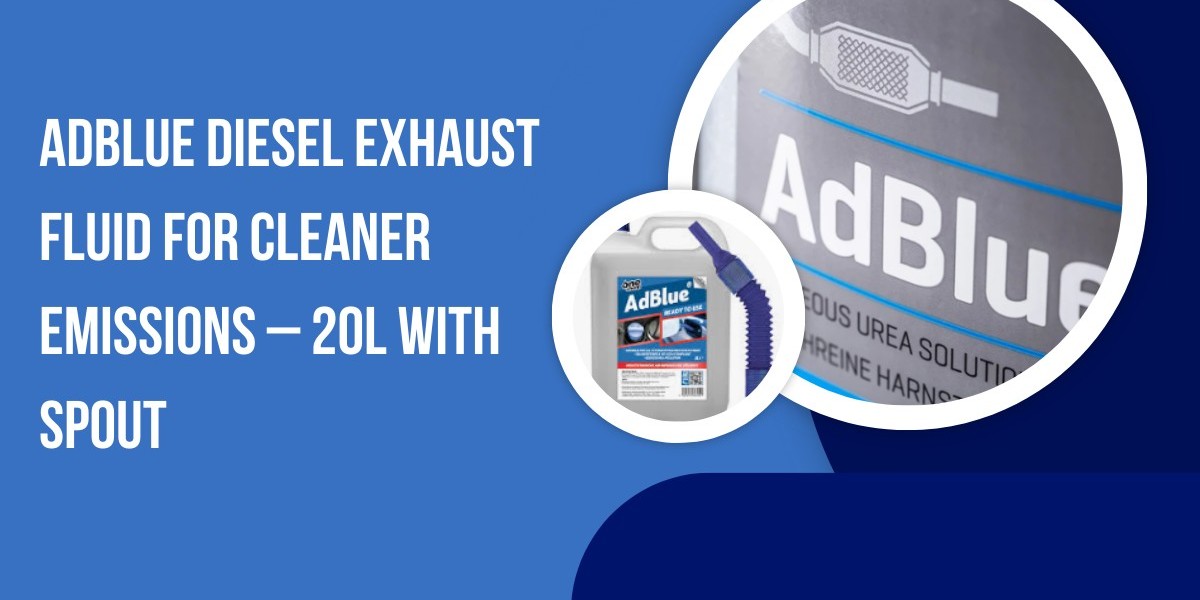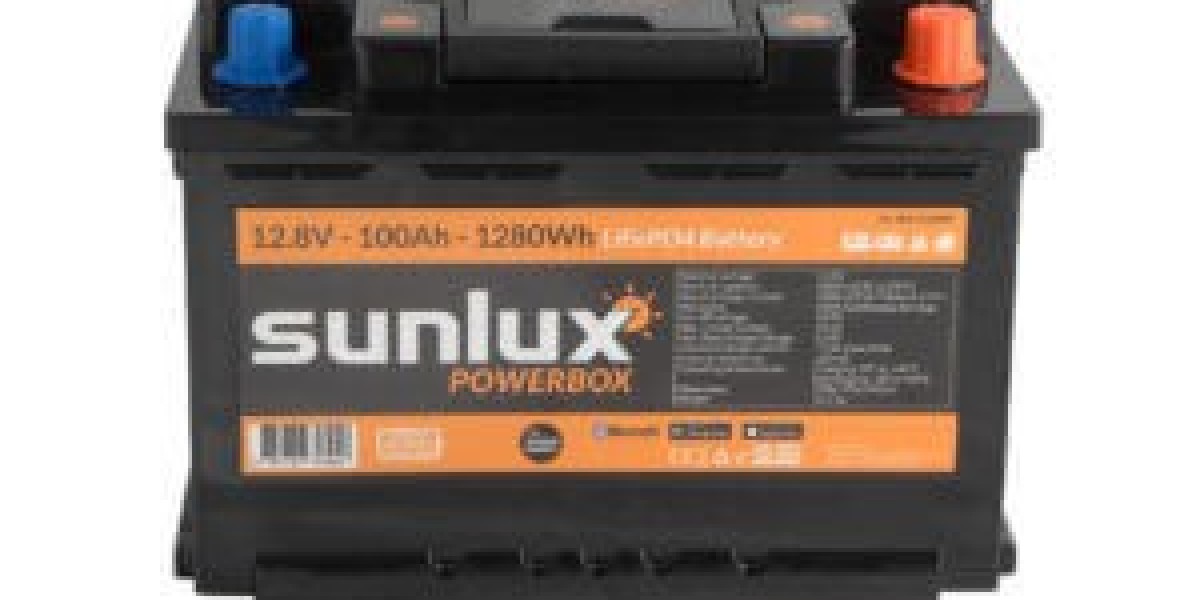The increasing focus on environmental sustainability has made emission control a priority for vehicle manufacturers. This is where Ad Blue comes into play. If you drive a diesel vehicle, you’ve likely heard about Ad Blue—a fluid that helps cut down harmful nitrogen oxide (NOx) emissions.
But what exactly is Ad Blue, and why is it important? How does it work, and how can you ensure your vehicle uses it efficiently? In this detailed guide, we’ll explore everything you need to know about Ad Blue, from its composition to its benefits and usage.
What Is Ad Blue?
Ad Blue is a high-purity urea-based solution used in diesel engines equipped with Selective Catalytic Reduction (SCR) technology. It consists of:
- 32.5% urea (a compound found in fertilizers)
- 67.5% deionized water
When injected into the exhaust system, Ad Blue breaks down harmful NOx gases, converting them into nitrogen and water vapor—both harmless to the environment. This process helps diesel engines meet strict emission regulations, particularly the Euro 6 standards.
How Does Ad Blue Work?
Diesel engines produce NOx gases during combustion, which are harmful to air quality and contribute to respiratory diseases. Ad Blue is injected into the exhaust stream before it reaches the catalytic converter. When exposed to heat, it decomposes into ammonia, which then reacts with NOx gases, converting them into nitrogen and water.
This reaction reduces toxic emissions by up to 90%, making diesel engines cleaner and more environmentally friendly.
Benefits of Using Ad Blue
Using Ad Blue offers multiple benefits for both vehicles and the environment:
✔ Reduces Emissions: Lowers NOx emissions significantly, helping vehicles meet stringent environmental standards.
✔ Improves Fuel Efficiency: SCR-equipped diesel engines are often more fuel-efficient, as they optimize combustion.
✔ Extends Engine Life: Reducing carbon buildup in the engine improves performance and longevity.
✔ Ensures Compliance: Helps diesel vehicles comply with Euro 6 and other emission standards, avoiding penalties and bans.
✔ Better for the Environment: Less pollution means cleaner air, contributing to a healthier environment.
How Much Ad Blue Does a Vehicle Need?
The consumption of Ad Blue varies depending on the vehicle model, driving style, and engine size. On average:
- A passenger diesel car consumes 1 to 1.5 liters per 1,000 km.
- A heavy-duty truck may use 4 to 6 liters per 100 km.
Most vehicles have an Ad Blue tank separate from the fuel tank, and a dashboard warning light alerts drivers when it needs refilling.
Where to Buy Ad Blue?
Ad Blue is widely available at:
- Fuel stations
- Auto parts stores
- Online retailers
- Dealership service centers
It is usually sold in 1L, 5L, 10L, and 20L containers. Bulk purchases are available for commercial vehicles.
How to Refill Ad Blue in Your Vehicle?
Refilling Ad Blue is simple and can be done in a few steps:
- Locate the Ad Blue filler cap (usually next to the diesel fuel cap or in the trunk).
- Open the tank and use a funnel or a compatible refill bottle.
- Slowly pour the solution into the tank until full.
- Close the cap tightly to prevent contamination.
- Restart the vehicle and check the dashboard for warning lights.
It’s important to only use certified Ad Blue to avoid engine issues.
How Long Does Ad Blue Last?
The lifespan of Ad Blue depends on storage conditions:
- Stored at temperatures between -11°C and 30°C, it remains effective for up to 12 months.
- Extreme temperatures can shorten its shelf life, so keep it in a cool, dry place.
What Happens If You Run Out of Ad Blue?
Running out of Ad Blue can lead to serious consequences:
❌ Engine Power Reduction: Most vehicles enter a low-power mode to reduce emissions.
❌ Failure to Start: Some modern diesel engines won’t start until Ad Blue is refilled.
❌ Fines and Compliance Issues: Operating without Ad Blue in regulated areas can result in fines.
To avoid these issues, always monitor your Ad Blue levels and refill before the warning light appears.
Is Ad Blue the Same as Diesel Exhaust Fluid (DEF)?
Yes! Ad Blue is simply a branded name for Diesel Exhaust Fluid (DEF). Both terms refer to the same urea-based solution used in SCR-equipped diesel engines.
However, never confuse Ad Blue with diesel fuel—it is strictly meant for the exhaust system.
Can You Use Water Instead of Ad Blue?
No! Using water instead of Ad Blue will damage the SCR system and cause expensive repairs. Ad Blue has a specific chemical composition, and using substitutes can result in engine faults and compliance issues.
How Much Does Ad Blue Cost?
The cost of Ad Blue depends on location and quantity. On average:
- 1L costs around $1 to $2.
- 10L costs approximately $10 to $15.
- Bulk purchases for fleets can cost less per liter.
Prices fluctuate based on supply and demand, so it’s advisable to compare options before buying.
Common Myths About Ad Blue
1. "Ad Blue is harmful to my vehicle"
False! Ad Blue is designed to protect your engine while reducing emissions.
2. "Ad Blue is fuel"
Wrong! Ad Blue is a separate fluid injected into the exhaust system, not the fuel tank.
3. "I don’t need Ad Blue if I drive carefully"
Incorrect! If your diesel car has an SCR system, it requires Ad Blue, regardless of driving habits.
Conclusion
Ad Blue plays a crucial role in reducing emissions and keeping diesel engines compliant with regulations. It’s easy to use, widely available, and essential for SCR-equipped vehicles.
By keeping your Ad Blue levels in check, you can enjoy better fuel efficiency, a cleaner environment, and a smoother driving experience.
If you own a diesel vehicle, always have a spare Ad Blue container and refill before the warning light appears. Stay compliant, save money, and contribute to cleaner air with Ad Blue!







